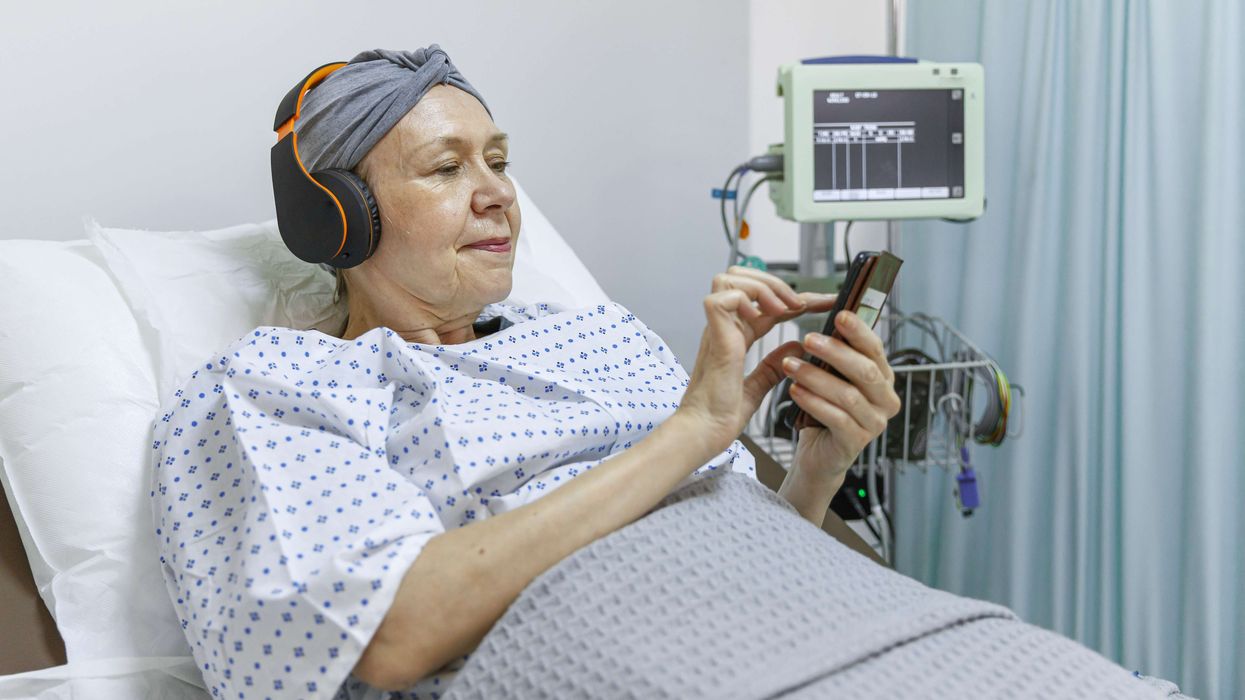BY 2050, the number of overweight and obese people worldwide could reach 3.8 billion, with India accounting for over 440 million, a global study published in The Lancet journal has estimated.
India is projected to have the second-highest number of overweight and obese adults—218m men and 231m women—after China, while the United States, Brazil, and Nigeria follow, according to researchers, including those from the Indian Council of Medical Research.
The research, part of the Global Burden of Disease (GBD) Study 2021, found that nearly half the world's adults—over a billion men and a billion women aged 25 and above—were already overweight or obese in 2021. In India, this figure stood at nearly 180m, including 81m men and 98m women.
By 2050, the global number is projected to rise to 3.8 bn—1.8 bn men and 1.9 bn women—making up more than half of the world’s adult population, the authors said.
"While China, India, and the USA will continue to constitute a large proportion of the global population with overweight and obesity, the number in the sub-Saharan Africa super-region is forecasted to increase by 254.8 per cent," the researchers wrote.
For children, the study estimates that about 16m boys and over 14m girls in India aged 5-14 years could be overweight or obese by 2050, making India second only to China in this category. Among those aged 15-24, India is expected to have the highest number globally, with over 22m men and nearly 17m women affected.
Lead author Emmanuela Gakidou from the Institute for Health Metrics and Evaluation (IHME), University of Washington, said, "The unprecedented global epidemic of overweight and obesity is a profound tragedy and a monumental societal failure."
She said the study, described as the "most comprehensive global analysis to date," could help governments and public health authorities identify the populations most affected by obesity.
"This could help prioritise interventions and treatment for those in urgent need while focusing on prevention strategies for those predominantly overweight," she said.
The study comes after prime minister Narendra Modi highlighted the issue of obesity in his Mann Ki Baat radio address on February 23, calling for efforts to build a healthier nation.
Obesity—defined as a body mass index (BMI) over 30—is linked to various health risks, including metabolic and heart diseases, bone health issues, fertility problems, and an increased risk of cancer.
However, some experts have called for a reassessment of how obesity is measured. In January, a Lancet Commission report proposed a new approach beyond BMI, incorporating waist circumference and waist-to-hip ratio.
The report suggested new categories for diagnosing obesity—'clinical obesity' and 'pre-clinical obesity'—to provide a more accurate assessment of health risks.
Clinical obesity refers to a persistent condition due to obesity-related organ dysfunction, while pre-clinical obesity indicates increased health risks without an existing illness, the report explained.
(With inputs from agencies)














